The Langhe’s rolling hills, forests, rivers, towns and small villages are endowed with a charm at once melancholy and almost magnetic. The Langhe, not surprisingly, have been not only the backdrop but the true protagonists of authentic masterpieces of twentieth-century literature, inspiring Cesare Pavese and Beppe Fenoglio, two authors who like no other were able to capture its deepest nature. However, this corner of Piedmont that almost seems to live suspended in the muffled, misty atmosphere of its valleys is much more than a place to go in search of tranquility to recharge your batteries. Alba, Barolo, Barberesco are places whose mere name recalls the great food and wine tradition of these lands, which, whether we speak of truffles or excellent wines, is one of the most sought-after destinations for enthusiasts from all over the world. Neive, Santo Stefano Brembo or Torre Bormida, on the other hand, kindle immediate recalls to many novels and tales, while the name of Grinzane di Cavour is enough to remind even the less attentive of the role these valleys have always played in the history of Italy. Here are 10 destinations not to be missed on your trip to the Langhe.
This imposing 16th-century church is dedicated to San Lorenzo and is one of the most visited places in what is effectively the capital of the Langhe. Its large Gothic-style façade is characterized in particular by the use of red bricks, which are a distinctive feature. The interior, on the other hand, is much less austere with its three high naves that are covered with cross vaults painted with a starry sky and holds authentic jewels of yesterday and today. Here then, while in the main apse there are still the 34 wooden choir stalls dating back to the 1500s or still in the church one can admire some valuable sculptures by Antonio Carloni from the mid-16th century, the baptistery and the new presbytery made at the beginning of the 21st century also deserve special mention. Information on visits can be found on the Alba Cathedral parish website.
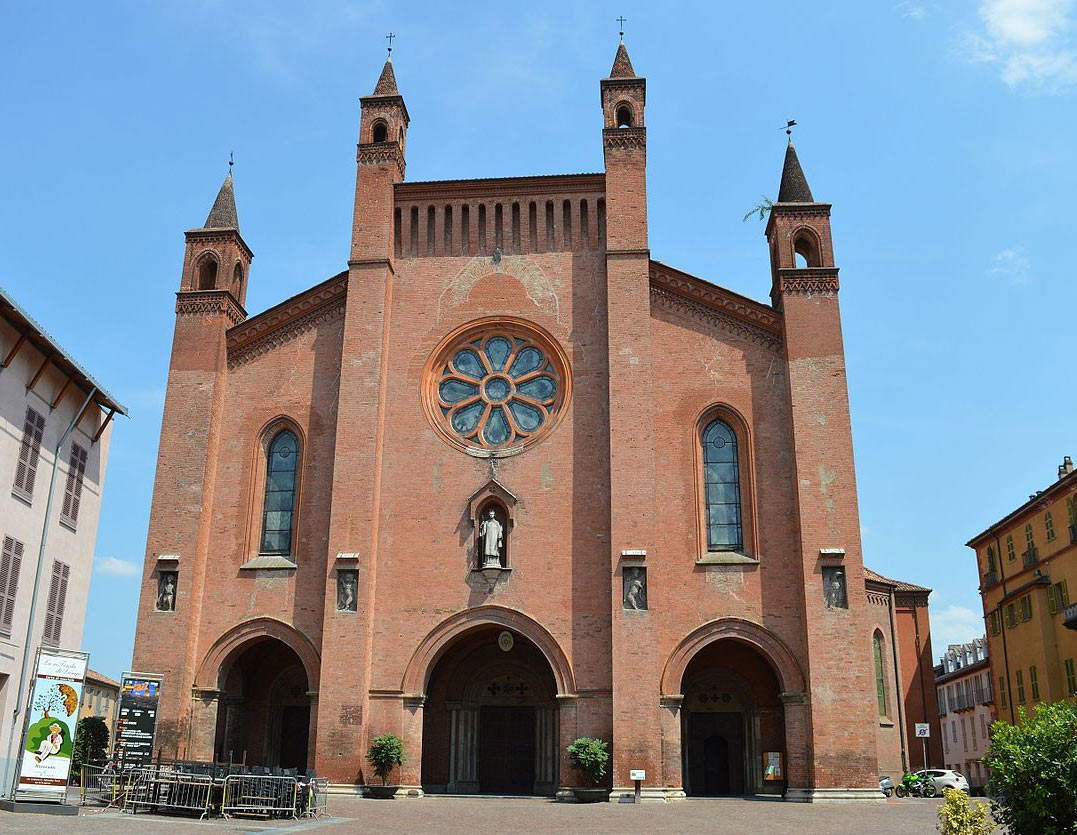
Anthropology, archaeology and natural sciences. These are the three sections into which the Alba Civic Museum is divided. Founded in 1897 on the initiative of Federico Eusebio, to whose memory it is now named, the museum began exclusively as a historical-archaeological collection with important artifacts dating back to the Neolithic period found in some excavations in the city of Alba. These were also joined by an important section on Roman history. Since the 1970s, however, the museum has become a showcase for the entire territory with the addition of sections illustrating the natural history of the area so as to provide visitors with a broad picture of the entire history of the Langhe.
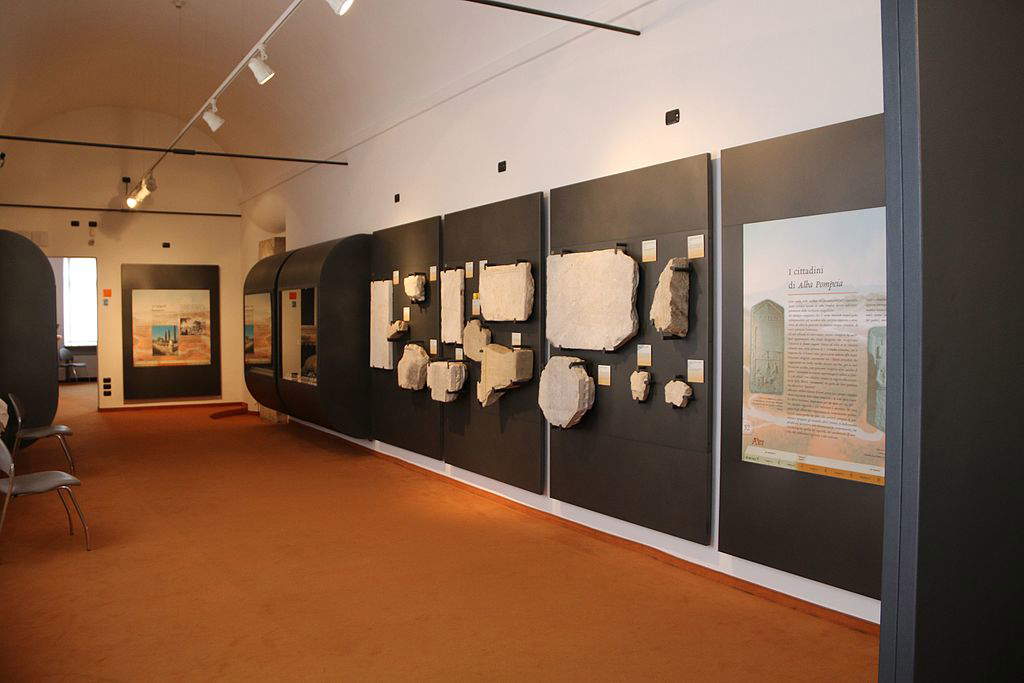
When looking for a definition of “postcard landscape,” probably the image of the village of Barbaresco, graciously nestled on the hillside and surrounded by vineyards as far as the eye can see, is one of the first that jumps to mind. However, there are many reasons not to stop and admire Barbaresco from a distance, but to immerse oneself completely in a visit to discover its secrets. Among its characteristic alleys, the ancient churches certainly deserve great attention as does the discovery of the great castle that with its crenellated tower is one of the symbols of the Langhe. Impossible then to leave the village without a life at theRegional Enoteca of Barbaresco.
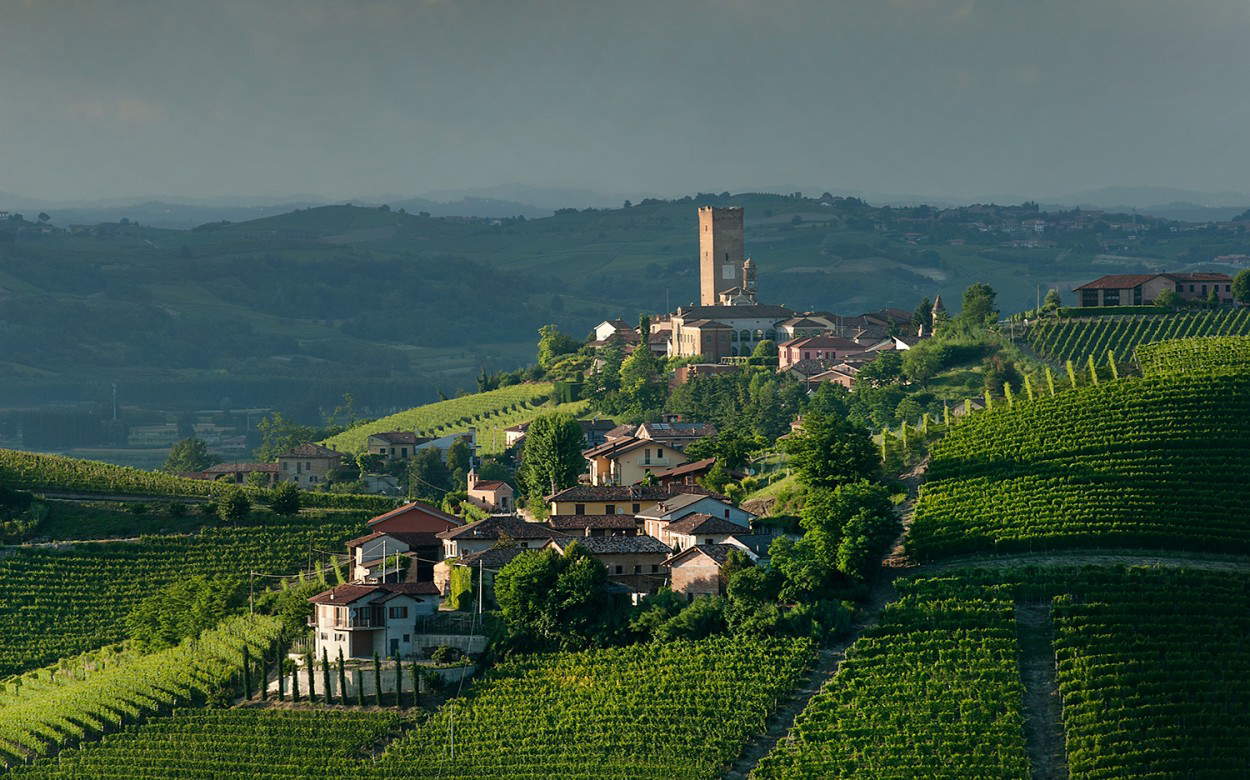
Not only vineyards, castles and ancient churches, among the hills of the Langhe it is also possible to come across masterpieces of contemporary art such as those preserved at the Sandretto Re Rebaudengo Park. This is located on the hill of San Licerio, in the municipality of Guarene, and is a large permanent sculpture park managed by the foundation of the same name designed by landscape architects Lorenzo Rebediani and Vera Scaccabarozzi, who wanted to create a true open-air museum that would dialogue directly with the environment in which it is immersed and of which it is a part. For this reason, the park can be visited by following a walk designed to offer a multiplicity of paths and views at the same time of the works and of nature. Among the artists who can be admired here are well-known names in contemporary art, such as Carsten Höller, Marguerite Humeau, Ludovica Carbotta, and others.
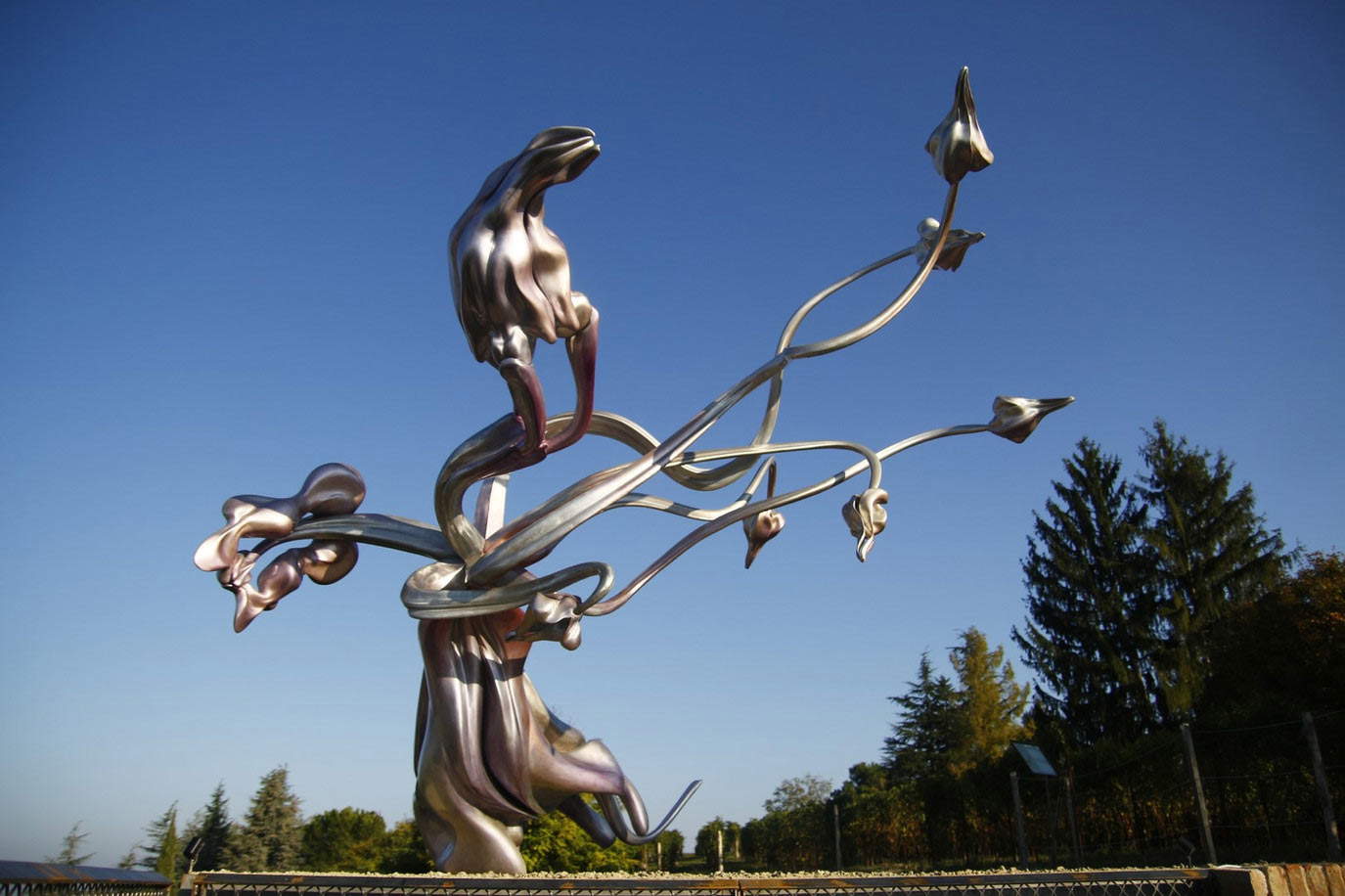
Say Barolo and immediately thoughts turn red. This Langhe village gives its name to one of the most beloved, and famous, Italian wines in the world and, as you might imagine is surrounded by vineyards as far as the eye can see. Barolo, however, is much more than a place where you can drink and eat well; it is a town whose history is, yes, inextricably linked with that of wine, but which also hides corners that are as precious as they are characteristic. Among these, the castle of the Marquises Faletti is certainly worth a careful visit, whose history dates back even before the year 1000 and which over the centuries has been able to transform itself, passing from military fortress, to aristocratic residence and then still a college and today a museum.
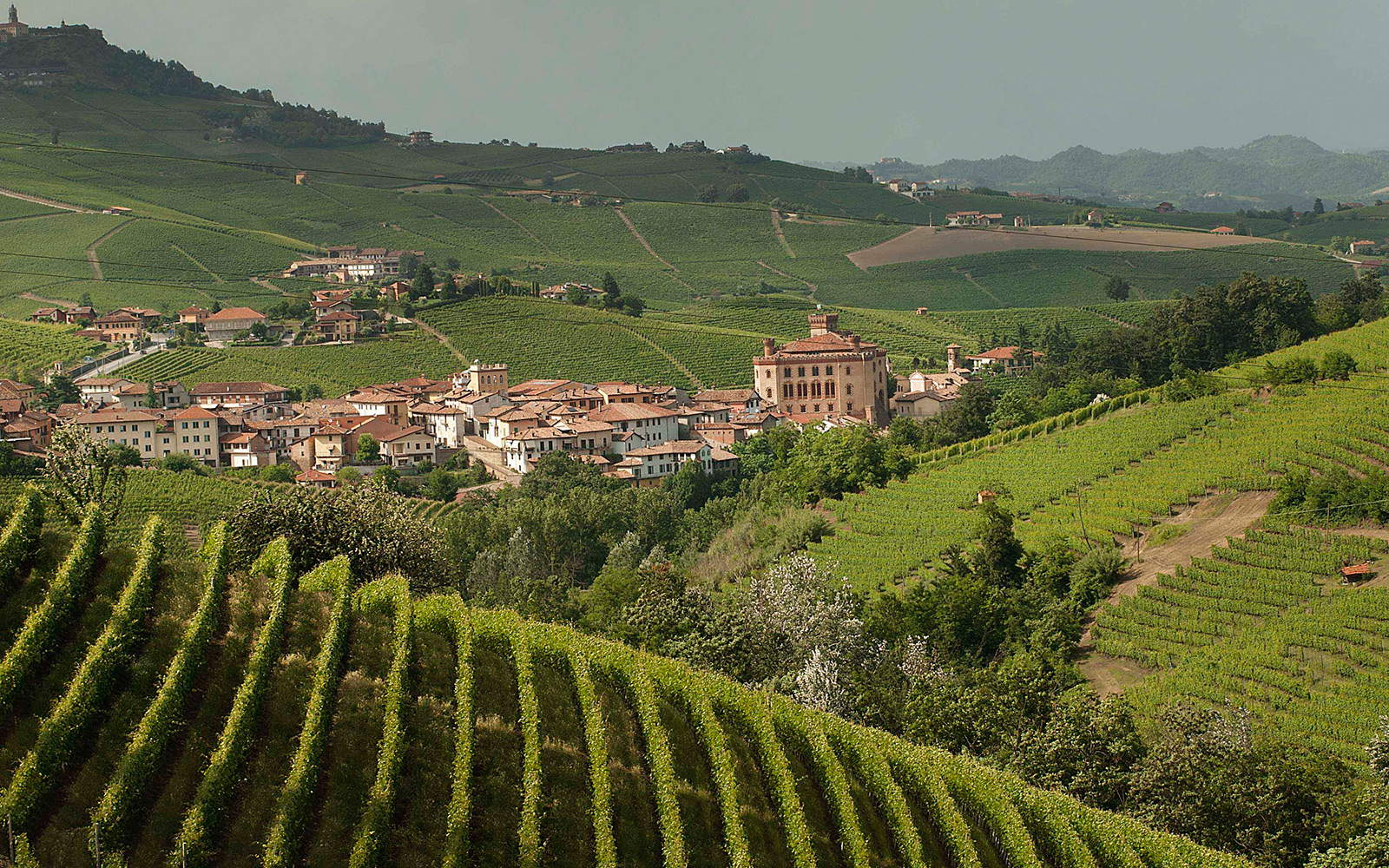
Inside the castle of the Marquises Faletti is the WiMu, Barolo’s wine museum. Inside the ancient rooms, visitors will be led by the hand on an interactive and emotional journey through the culture and tradition of wine. The brainchild of François Confino, the author of exhibition and museum layouts around the world, this museum aims to be a different monodo to tell the story of wine and the traditions and culture behind it. The WiMu thus wants to offer the visitor an authentic interactive and emotional journey into everything that revolves around the symbolic product of the Langhe, but not only that, it also wants to tell how the culture of wine has over the centuries been able to accompany the evolution of entire civilizations, permeate their artistic expressions and shape the face of the territories.
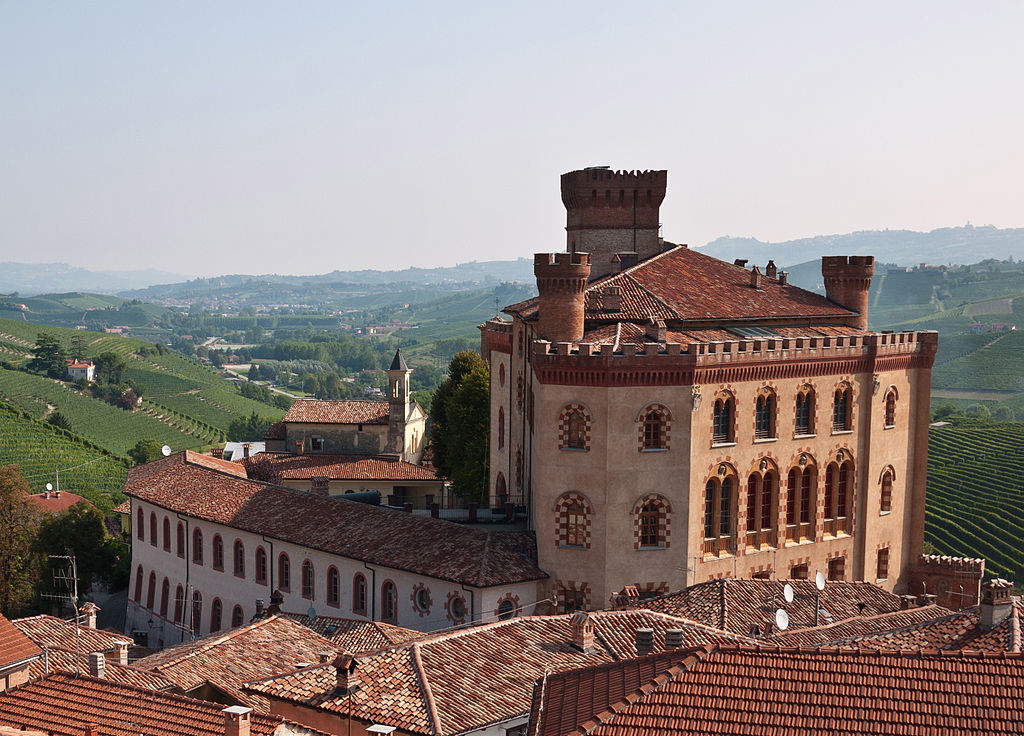
Colorful, flashy, unique. David Tremlett’s works with all their disruptive beauty blend as unexpectedly as delicately with the bucolic environment of the Langhe. Here beginning in the late 1990s, British-born but naturalized Swiss artist David Tremlett, famous for his works on the walls of public spaces in every corner of the world, began transforming the ancient facades of churches and chapels. Today there are four places of worship that bear his unmistakable signature in the heart of the Langhe: the chapel of the Santissima Madonna della Grazie, or of Barolo, in La Morra, created together with his friend Sol LeWitt; the church in Coazzolo; the chapel at the Relais di San Maurizio in Santo Stefano Belbo; and, the latest addition, the mural Per le Langhe at the former oratory in Serravalle.
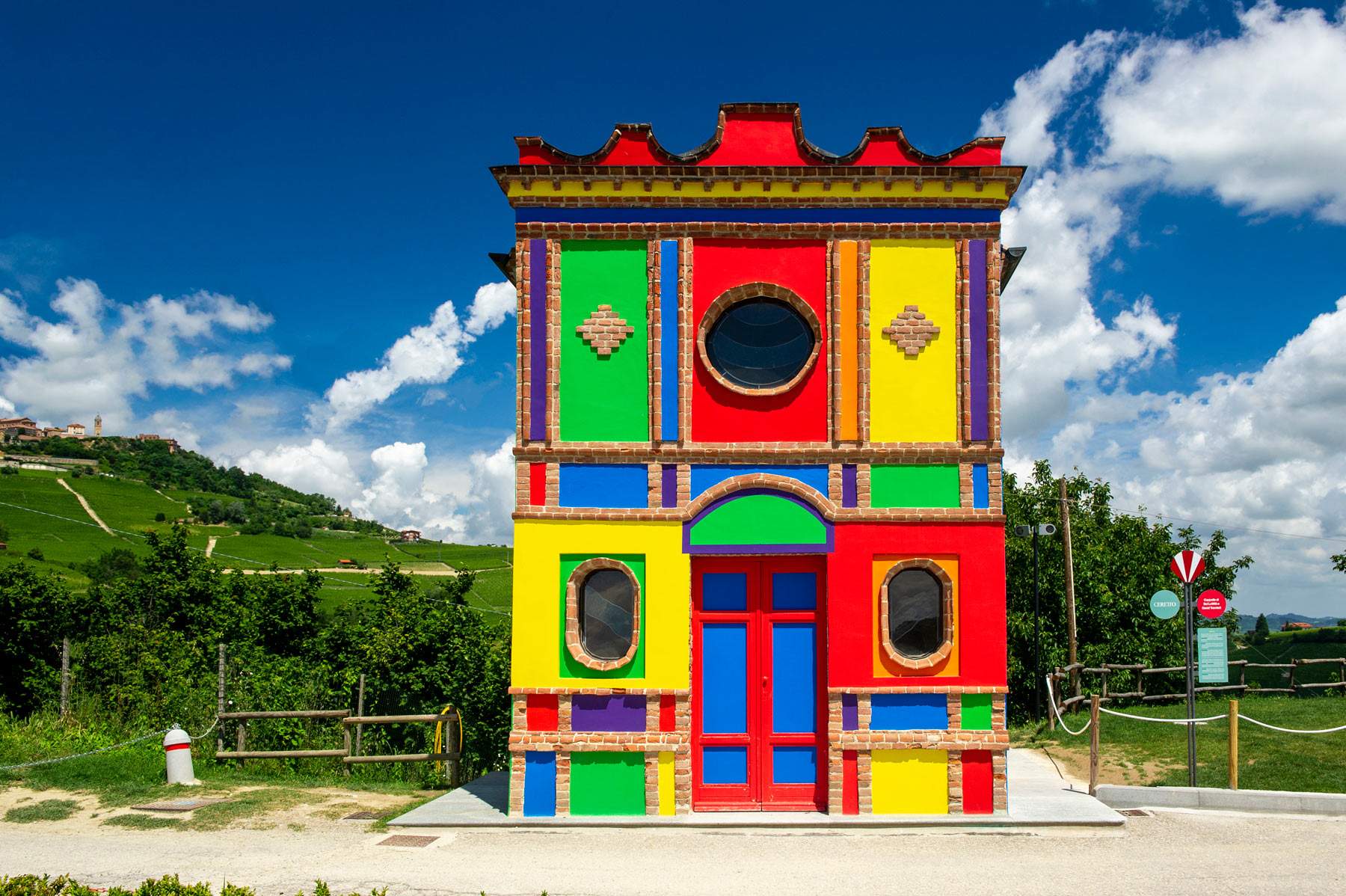
Home to one of the most important figures in the history of Italy, Grinzane Cavour Castle has dominated the vineyards of Roero and Monferrato from a hilltop for ten centuries. The figure of Camillo Benso hovers everywhere in these parts with the great protagonist of the Risorgimento who not only stayed at the castle for a long time, but was also mayor of the village of Grinzane for 17 years. Today the ancient walls, amidst frescoes and period paintings, are perfectly restored and are the centerpiece of this whole corner of the territory and house the Cavour Regional Enoteca of Piedmont, the Museum of the Langhe, and also a special open-air museum that takes visitors through an emotional and educational journey among the rows of vines immersed in the “Vineyard of the Count.”
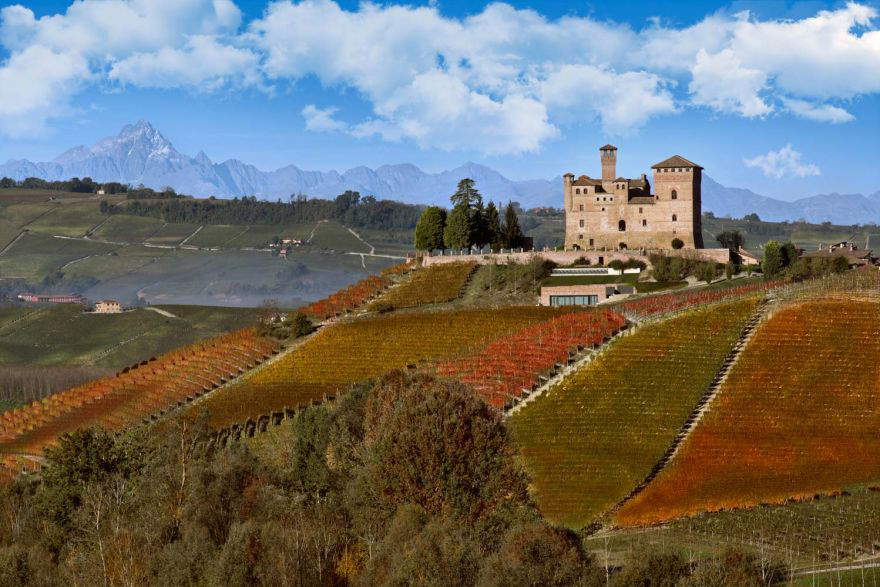
From a distance, the soaring profile of this medieval jewel that dominates the entire valley almost seems to recall the outline of an ante litteram skyscraper. The castle of Serralunga d’Alba is one of the symbolic monuments of the Langhe and majestically dominates one of its most beautiful and well-known villages. The castle is considered by many scholars to be one of the most admirable examples of 14th-century architecture with its great tower silhouetted sinuously in the green surrounding hills. This is why even today the castle is one of the most visited places in all the valleys, particularly appreciated for the 360-degree view it offers of the Langhe.
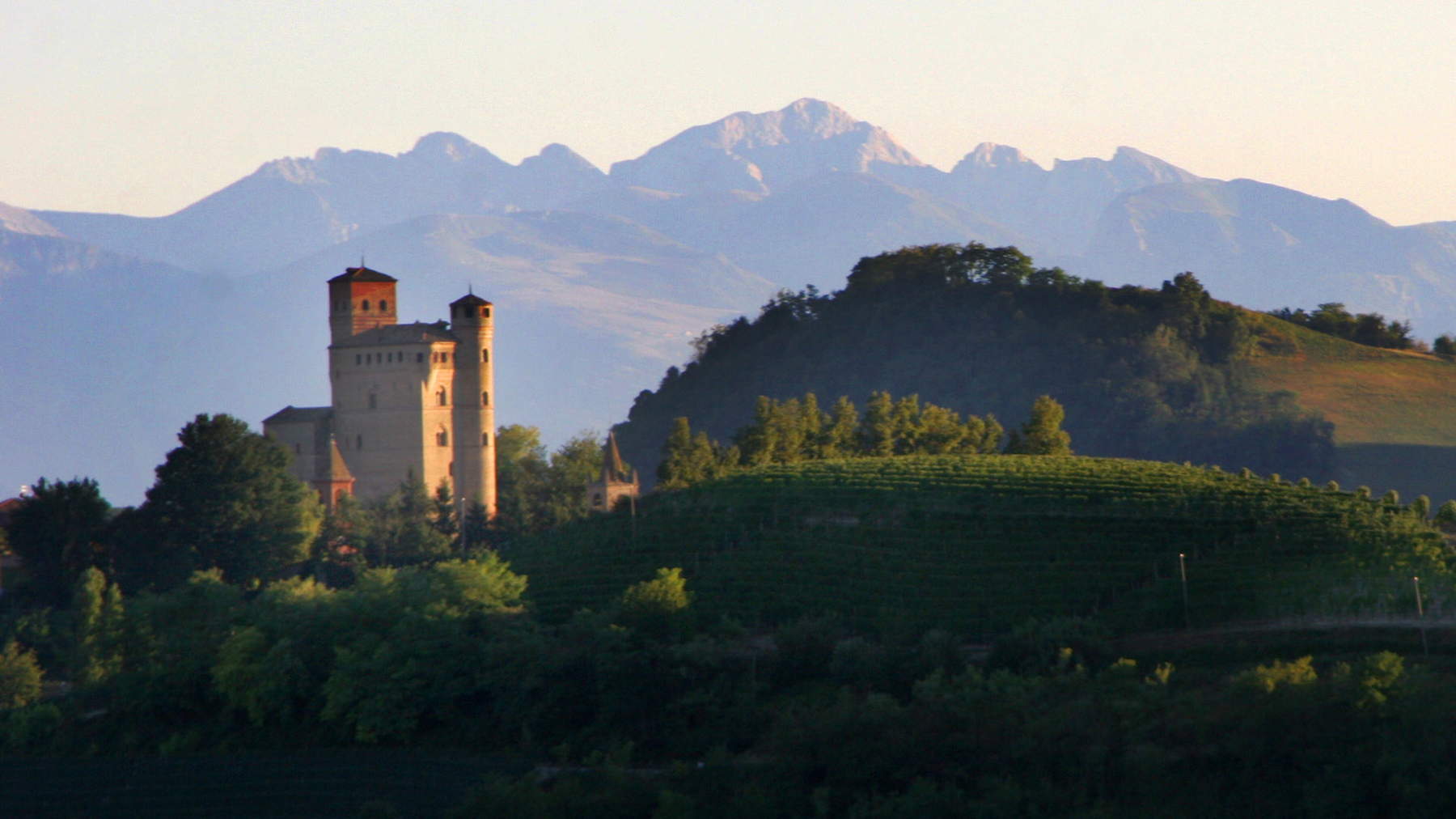
This small village in the western Langhe offers some of the most striking views you will come across during your visit to this part of Piedmont. It is a still perfectly preserved medieval village whose ancient stone houses convey an unparalleled charm. Among churches, monasteries and aristocratic palaces there are many places of interest and hidden treasures in this town of just three thousand inhabitants, but probably the best way to appreciate all its ageless charm is to get lost in its alleys and small squares, stopping every now and then to savor some good wine before heading off to discover the next enchanted corner.
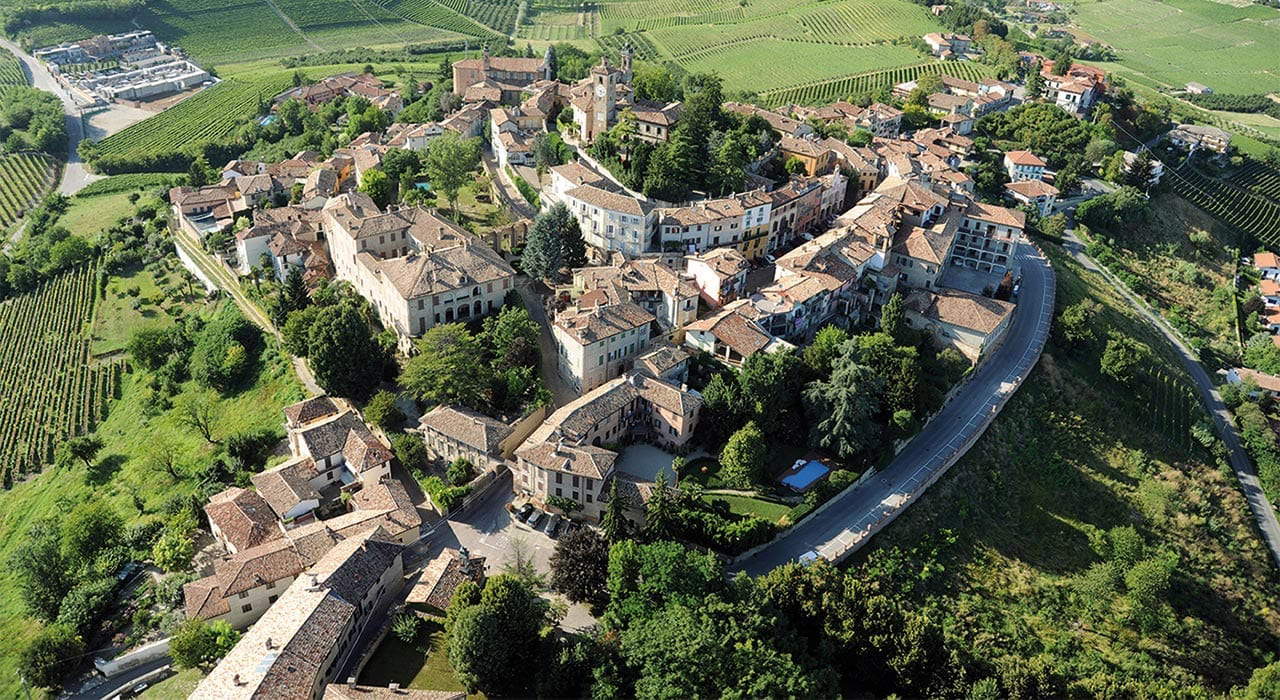
 |
| Langhe, what to see: 10 destinations among ancient and contemporary art and landscapes |
Warning: the translation into English of the original Italian article was created using automatic tools. We undertake to review all articles, but we do not guarantee the total absence of inaccuracies in the translation due to the program. You can find the original by clicking on the ITA button. If you find any mistake,please contact us.